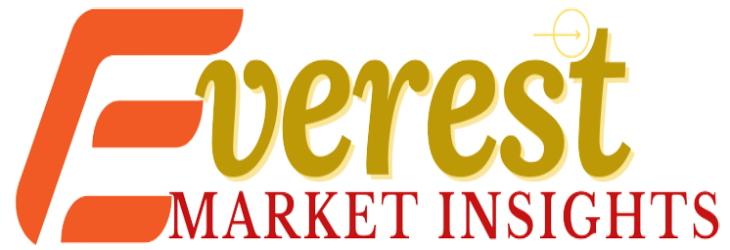The Economics of COB LED Lighting: Cost and ROI Analysis
Lighting is an essential aspect of our daily lives, and it is crucial to have efficient and cost-effective lighting solutions. With the advent of LED technology, the lighting industry has undergone a significant transformation. LED lighting has become the preferred choice for many consumers due to its energy efficiency, long lifespan, and low maintenance costs. One of the latest innovations in LED lighting is the Chip-on-Board (COB) technology. In this article, we will explore the economics of COB LED lighting, including its cost and ROI analysis.
Overview
COB LED lighting is a new technology that involves mounting multiple LED chips directly onto a circuit board. This technology allows for a higher density of LED chips, resulting in a brighter and more efficient light output. COB LED lighting is becoming increasingly popular in commercial and residential applications due to its energy efficiency and long lifespan. The technology is also versatile and can be used in a wide range of lighting applications, including street lighting, indoor lighting, and automotive lighting.
Key Players in the 10. The Economics of COB LED Lighting: Cost and ROI Analysis
The COB LED lighting market is highly competitive, with several key players dominating the industry. Some of the leading companies in the market include Cree Inc., Bridgelux Inc., Citizen Electronics Co. Ltd., and Lumileds Holding B.V. These companies are investing heavily in research and development to improve the efficiency and performance of COB LED lighting. They are also expanding their product portfolios to cater to the growing demand for energy-efficient lighting solutions.
Market Challenges
Despite the many benefits of COB LED lighting, there are still some challenges that the industry faces. One of the main challenges is the high initial cost of installation. COB LED lighting fixtures are more expensive than traditional lighting fixtures, which can be a barrier to adoption for some consumers. However, the high initial cost is offset by the long-term savings in energy and maintenance costs. Another challenge is the lack of standardization in the industry. There are no universal standards for COB LED lighting, which can make it difficult for consumers to compare products and make informed purchasing decisions.
Market Opportunities
The COB LED lighting market presents several opportunities for growth and expansion. One of the main opportunities is the increasing demand for energy-efficient lighting solutions. Governments and businesses are increasingly adopting energy-efficient lighting solutions to reduce their carbon footprint and save on energy costs. Another opportunity is the growing demand for smart lighting solutions. COB LED lighting can be integrated with smart lighting systems to provide advanced lighting control and automation. This can lead to further energy savings and improved lighting quality.
Future of COB LED Lighting
The future of COB LED lighting looks bright, with the technology expected to continue to grow and evolve. The industry is expected to see further improvements in efficiency and performance, as well as increased standardization. The market is also expected to see increased adoption of smart lighting solutions, which will further drive growth and innovation in the industry.
Conclusion
COB LED lighting is a promising technology that offers many benefits over traditional lighting solutions. While there are some challenges to adoption, the long-term savings in energy and maintenance costs make it a cost-effective solution in the long run. With the increasing demand for energy-efficient and smart lighting solutions, the COB LED lighting market is expected to continue to grow and evolve in the coming years.
Disclaimer: The views, suggestions, and opinions expressed here are the sole responsibility of the experts. No Everest Market Insights journalist was involved in the writing and production of this article.
